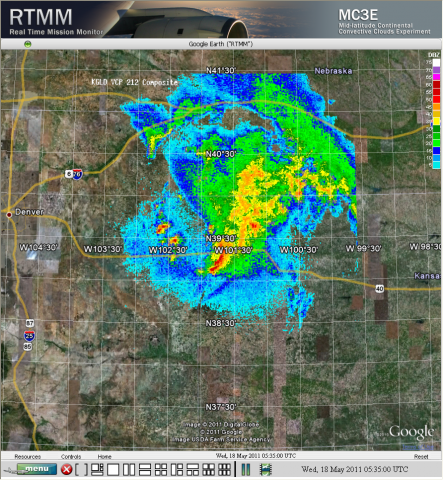Ken Keiser (UAH/ITSC) represented GHRC at the GEOSS Future Products Workshop 2013, held March 26-28 at the NOAA Science Center in Silver Spring, MD. This workshop provided a unique opportunity to learn how GEOSS as a platform makes all sorts of sensor and model data available in an interoperable manner, with a particular focus on Sensor Web and Model Web.


 GHRC has published the
GHRC has published the 



